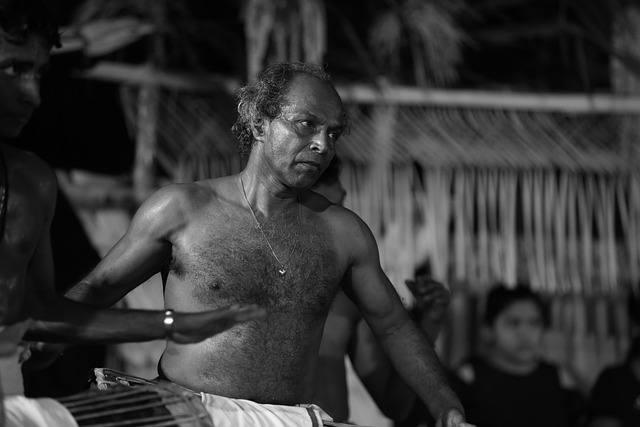Introduction
The Official Language Act No. 33 of 1956, known as the Sinhala Only Act, marked a pivotal moment in Sri Lanka’s history.
The Parliament of Ceylon passed this legislation on July 7, 1956, establishing Sinhala as the sole official language. This decision reshaped the nation’s linguistic landscape and had long-lasting effects on its social fabric.
Historical Context: Pre-1956 Ceylon
Under British colonial rule, English served as Ceylon’s official language. The colonial education system created distinct advantages for English speakers, particularly in government employment.
American Ceylon Mission schools in Jaffna provided English education to many Tamil students, leading to their significant representation in civil service positions.
Early Language Reform Attempts
The Lanka Sama Samaja Party members first proposed language reform in 1936. N.M. Perera and Philip Gunawardena advocated for both Sinhala and Tamil to replace English as official languages. Many political leaders, including S.W.R.D. Bandaranaike, initially supported this bilingual approach.
The Path to Sinhala Only
The political landscape changed dramatically after Ceylon gained independence in 1948. Several factors influenced the push for Sinhala as the sole official language:
- The creation of the Sri Lanka Freedom Party (SLFP) by Bandaranaike in 1951
- Growing Sinhalese nationalist sentiment
- Concerns about Tamil representation in government positions
- The 1956 election campaign focusing on language policy
Implementation and Immediate Impact
The act’s implementation faced both support and resistance:
Support for the Act:
- Sinhalese nationalists viewed it as reclaiming cultural identity
- Government supporters saw it as addressing perceived economic disparities
- Some viewed it as necessary for post-colonial nation-building
Opposition and Protests:
- Tamil communities organized peaceful protests
- Left-wing parties opposed the single-language policy
- The Federal Party led demonstrations outside Parliament
- Violence erupted, resulting in the Gal Oya riots
Attempts at Compromise
The government made several attempts to address Tamil concerns:
- The Tamil Language (Special Provisions) Act of 1958
- Provisions for Tamil use in education and administration
- Allowances for Tamil in Northern and Eastern provinces
Long-term Effects on Sri Lankan Society
The Sinhala Only Act had far-reaching consequences:
Public Sector Employment:
- Tamil representation in civil service dropped significantly
- By 1970, Tamil presence in government positions decreased dramatically:
- Administrative service: from 30% to 5%
- Clerical service: from 50% to 5%
- Medical and engineering: from 60% to 10%
- Armed forces: from 40% to 1%
Social Impact:
- Created linguistic barriers in government services
- Led to increased ethnic tensions
- Contributed to calls for Tamil autonomy
- Influenced the rise of separatist movements
Modern Language Policy
Current language policy in Sri Lanka has evolved:
- The 13th Constitutional Amendment of 1987 made Tamil an official language
- English serves as a link language
- Practical challenges remain in implementation
- Language barriers persist in public services
Conclusion
The Sinhala Only Act of 1956 represents more than a language policy change.
It marked a significant turning point in Sri Lankan history, influencing ethnic relations, political dynamics, and social structures.
While recent reforms have attempted to address its impact, the legacy of this legislation continues to shape contemporary Sri Lankan society.
